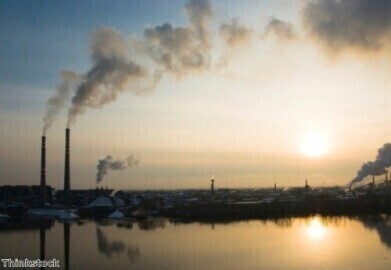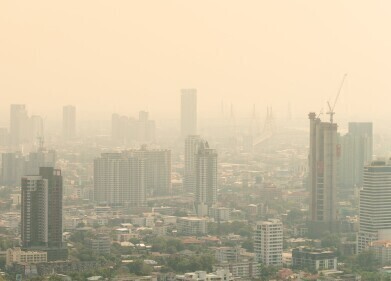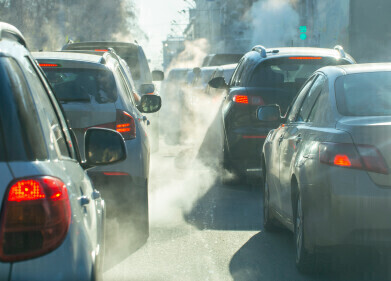Ambient Air Quality
How did COP28 address air pollution?
Dec 20 2023
This year’s Conference of the Parties (COP) to the United Nations Framework Convention on Climate Change, COP28, proved to be quite the oddity. Only the second Conference to be hosted by a recognised petrostate (Qatar got the gig in 2012), it seemed obvious right up until the very last second that it would produce a regressive, paltry agreement – and yet, it’s been widely hailed as the first international commitment to abolishing fossil fuels. But it managed to make another unpredicted leap, too: formally linking the international struggle against air pollution to climate action.
Those who work on air quality know that the most consequential species of air pollution for public health is particulate matter (PM) at 2.5 micrometers (PM2.5) in length, as these particles are small enough to enter the bloodstream through the lungs. One common type of PM2.5 is black carbon, a by-product of incompletely combusted hydrocarbons like fossil fuels or organic matter (and their derivatives). It’s one of a small group of air pollutants that function as both warming agents and toxins. As the Clean Air Fund put it earlier this month in a report that called on COP28 to devote more investment to cleaning it up, black carbon ‘sits uniquely at the centre of climate and health crises.’ For instance, a literature review compiled by the World Health Organisation in 2012 found ‘sufficient evidence of associations of all-cause and cardiopulmonary mortality with long-term average BC [black carbon] exposure.’ That same year, a paper published in Environmental Health Perspectives used established formulas to model the climate and health impacts of existing methods of reducing black carbon concentrations, finding that reducing average concentrations by just 23-34% could avoid anywhere from 600,000 to 4.4mn annual premature deaths worldwide by 2030. At the same time, it’s been well established that black carbon has a positive radiative forcing, meaning it increases the wattage of solar energy absorbed relative to that re-emitted. In short, it contributes to warming – but only in the short-term! Whereas CO2 sticks around for 100 years and methane stays in the atmosphere for around 12, black carbon is gone in weeks and days. Nevertheless, if concentrations are continually replenished, as they are today, black carbon remains a notable driver of global average temperatures. Devoting effort to reducing black carbon, then, would be a (relatively) cheap, easy victory for the climate and a huge victory for public health.
At COP28, this synergy was on full display. The fourth day of the Conference was Health Day, a first for any COP (earning prestigious applause from The Lancet), out of which came the Declaration on Climate and Health, signed by over 120 parties, recognising ‘the benefits for health from deep, rapid, and sustained reductions in greenhouse gas emissions, including [...] lower air pollution’. The day before Health Day, it was announced that 11 philanthropy funds, including the Bezos Earth Fund, the MacArthur Foundation, Bloomberg Philanthropies and the Sequoia Climate Foundation, had jointly pledged some $450mn over the next three years ‘to help catalyze a faster phase-down of non-CO2 super climate pollutants’, primarily methane but also ‘fluorinated gases, nitrous oxide, black carbon and ground-level ozone.’ For the entire Conference, the Clean Air Fund raised awareness of the connection between particulate matter and climate change with three Pollution Pods, geodesic domes in which delegates could experience the air of Beijing, New Delhi or London. Another welcome surprise from COP28, then.
Digital Edition
AET 28.3 September 2024
September 2024
Business News - ENVEA announces acquisition of APAQ Group - SICK and Endress+Hauser sign strategic partnership - Efforts to curb gas flaring intensify amid environmental concerns Air Monito...
View all digital editions
Events
WEATHER • CLIMATE • WATER / EARTH OBSERVATIONS / GREEN ECONOMY
Oct 29 2024 St. Petersburg, Russia
Oct 30 2024 Hong Kong
Nov 05 2024 Toronto, Canada
Nov 05 2024 Rimini, Italy
Nov 06 2024 Ho Chi Minh City, Vietnam



















